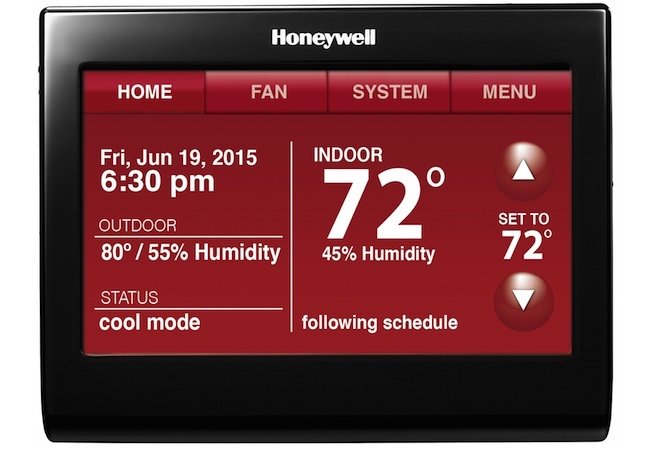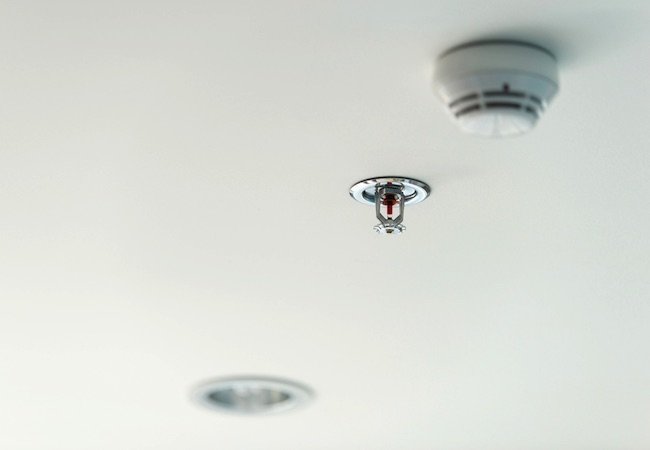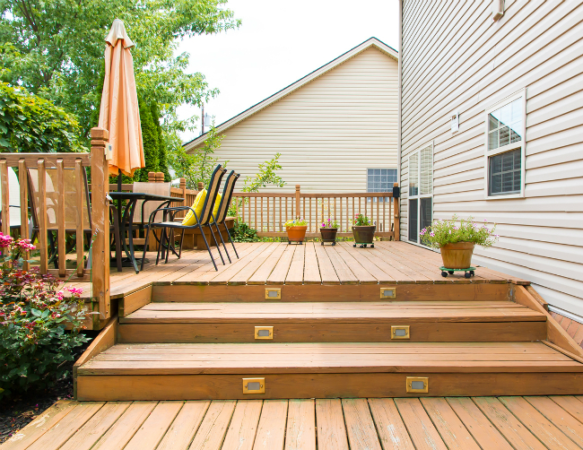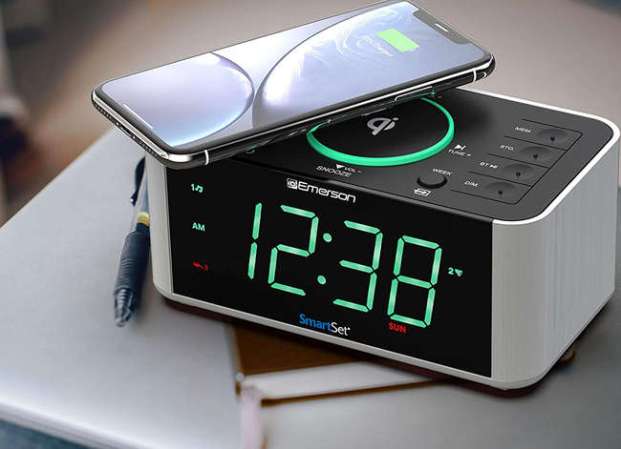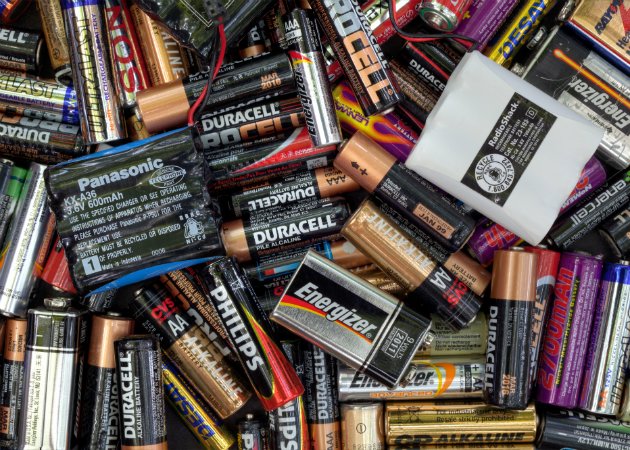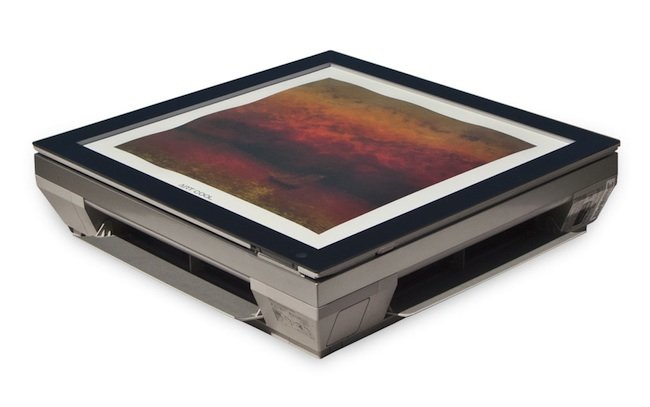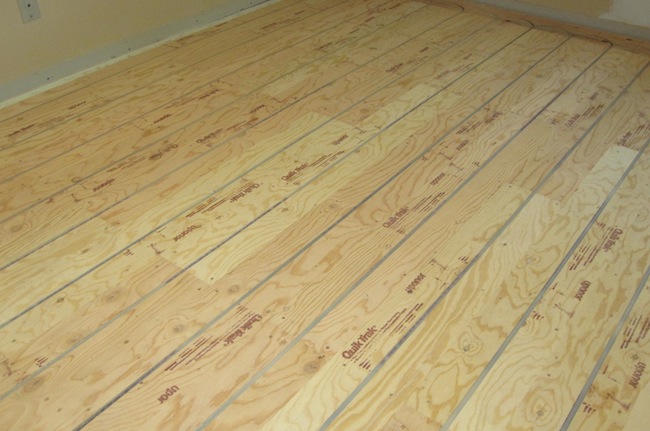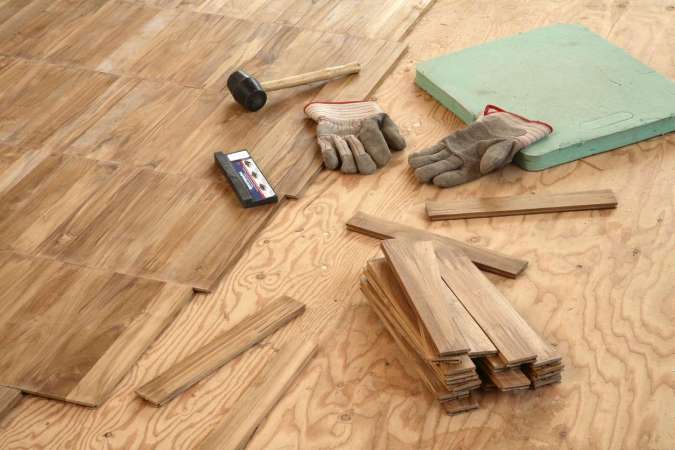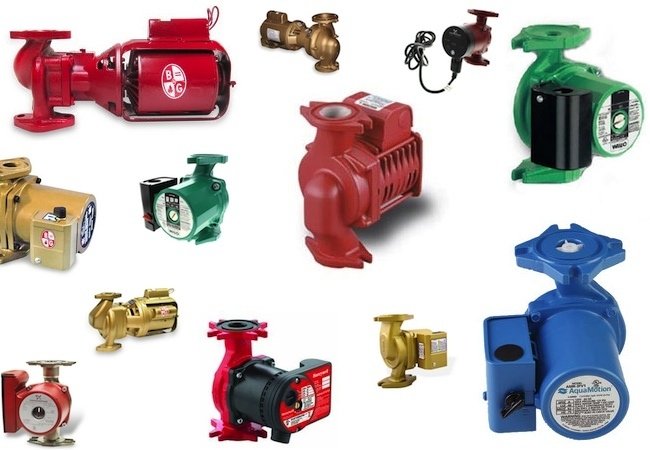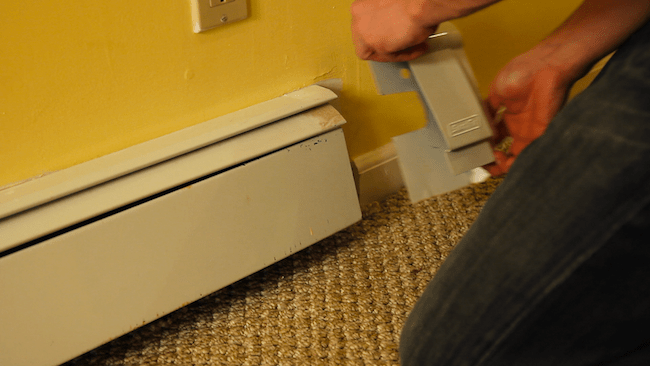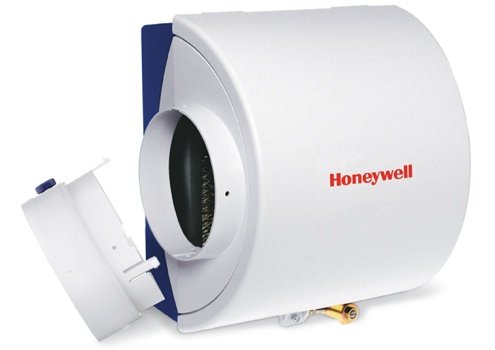We may earn revenue from the products available on this page and participate in affiliate programs. Learn More ›
This article has been brought to you by SupplyHouse.com. Its facts and opinions are those of BobVila.com.
Does your bread seem to go stale after a day or two? Do your crackers and cookies lose their crispness soon after you open the box? These aren’t just minor quirks that homeowners learn to live with, they are also signs that you may have a problem with high humidity in your home.
While these are fairly subtle symptoms, it’s worth paying attention because you could catch on to other issues created by high humidity that may negatively affect your house and your health. Look for the following five signs that your home has excessive indoor humidity, and learn what you should consider when selecting a proven moisture-removing solution: a dehumidifier.
When to Consider Adding a Dehumidifier
1. You just can’t seem to get comfortable.
“High humidity is just uncomfortable,” says Daniel O’Brian, a technical specialist with online plumbing and HVAC retailer SupplyHouse.com. It produces a “hot, sticky feeling you can’t shake.” When the temperatures rise, your body sweats to help you cool off. Then, as the perspiration dries, your skin feels cooler. In a home with high humidity, however, perspiration never quite dries, leaving household members damp, sticky, and downright uncomfortable. If this accurately describes the comfort level in your house, you’ll be pleasantly surprised at how much better you’ll feel in your own home when you’re running a dehumidifier.
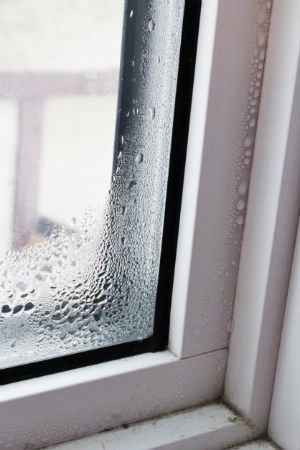
2. Windows are wet—on the inside.
“If you notice moisture on the outside of your window, it’s raining,” O’Brian says. “But if you notice moisture building up on the inside of your windows, you might need a dehumidifier.” It’s most common for condensation to occur on interior windows during cold weather, when moist indoor air comes into contact with a cold glass window. If you’ve noticed that a number of windows throughout your house develop condensation, you could certainly benefit from a whole-house dehumidifier that connects to your existing ductwork to dry the air in every room, such as Honeywell’s TruDRY DR65 3000 Series Whole-House Dehumidifier. This Energy Star-rated dehumidifier can remove up to 65 pints of moisture from the air every day, and it comes with an integrated set-and-forget humidistat (think “thermostat for humidity”) that can also be controlled remotely.
3. Water stains have appeared on walls.
Water stains on walls or ceilings that cannot be explained by a leaky roof or dripping pipes point to a humidity problem. Like condensation that builds up on windows, condensation on walls and ceilings is more likely to occur during the winter months, when exterior walls are colder than the temperature inside the home. When indoor air is humid, moisture will condense on those cold areas on the inside of exterior walls. You may notice dark stains over nail or screw heads, which are the coldest spots beneath the surface of the drywall. If the humidity is not reduced quickly, you’ll see much worse than a stain: The water that condenses could eventually lead to peeling paint or wallpaper, or even damaged drywall.
4. You’ve found mold.
The presence of mold clearly indicates that your home may be too humid, allowing airborne mold spores to latch on to damp surfaces and spread. Inhaling the airborne spores leads to health problems. In fact, symptoms like a stuffy nose, watery eyes, difficulty breathing (wheezing), and other respiratory problems may be early tip-offs to the presence of a mold colony. Once you recognize that you have a problem, have the mold removed promptly and then bring in a dehumidifier to address the cause and prevent the mold from recurring.
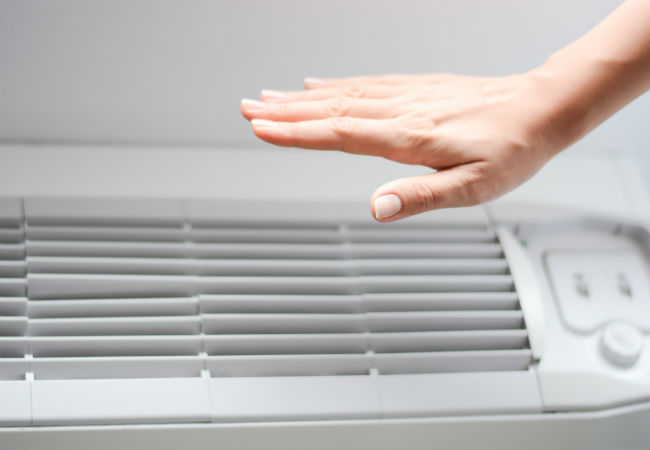
5. Your HVAC unit is too large for your home.
Sure, it might have seemed like a good idea at the time to install a larger HVAC unit than necessary—you might have planned to have a home addition in place by now or assumed that a smaller model would perform worse. But the fact is that an oversize unit can lead to a number of problems, one being excess humidity in your home.
Like a dehumidifier, an air conditioner removes moisture from the air as it is chilled over the coils, creating a comfortably cool atmosphere. While an oversize unit will indeed lower the indoor temperature, it doesn’t need to take as much time to do so, which means that it will spend less time removing the moisture. The result? You’ll still feel sticky and uncomfortable, even though the air is cool. Correcting your HVAC mistakes by connecting a dehumidifier to your ductwork is less expensive than replacing your air conditioner before the end of its lifespan. “You can ‘cool’ your home by reducing the humidity,” O’Brian explains. “Without the water in the air, you’ll feel much cooler without actually adjusting the thermostat.”
How to Choose the Right Type of Humidifier
The two basic types of dehumidifiers, whole-house dehumidifiers and portable room dehumidifiers, both remove moisture from the air, but there are some important differences—and key pros and cons—you should familiarize yourself with before buying one for the house.
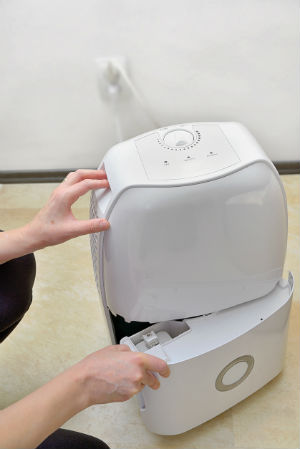
PORTABLE ROOM DEHUMIDIFIERS
As the name suggests, portable room dehumidifiers can be moved from room to room and plug into standard outlets to operate. They’re available in small, medium, and large capacities and are rated according to the amount of water they can remove from the air and the size of the space (measured in square feet) that they’re designed for. On average, room dehumidifiers can remove up to 45 pints of moisture per day.
Pros
- A good choice if you’re renting
- Easy to relocate
- Lower initial cost than a whole-house dehumidifier
- No installation necessary
- Good for one-time use, such as drying out after a flood
Cons
- Overall, less energy efficient than whole-house models
- Collected water must be manually emptied once per day or every other day, depending on the size of the unit and how much water is being removed from the air
- Removes humidity from only one room, leaving other rooms humid
- Tends to be noisy while operating
- Requires routine maintenance to prevent mold growth
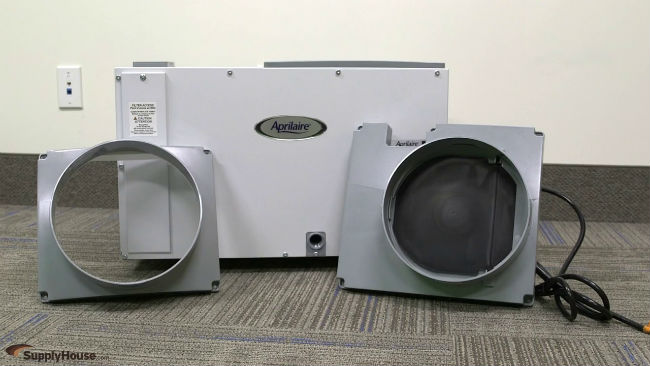
WHOLE-HOUSE DEHUMIDIFIERS
A whole-house dehumidifier, on the other hand, connects to your home’s existing ductwork to remove humidity all throughout the house. A model such as the Aprilaire Model 1830 (available from SupplyHouse.com) can remove up to 70 pints of moisture from your home’s air every day—that’s more than eight gallons of water! It effectively removes the stickiness factor from houses with up to 3,800 square feet of living space, and operation is easily controlled using an Aprilaire Dehumidifier Control (also available at SupplyHouse.com) that lets you maintain the level of humidity that makes you feel most comfortable in any season.
Pros
- Whisper-quiet operation because the unit is installed in a basement or utility room away from the living area
- Completely out of sight
- Settings adjusted at a wall-mounted control panel located in your home’s living area
- Controls humidity throughout the entire house
- More energy efficient than portable models
- Best long-term solution to humidity problems
- Requires only one annual maintenance checkup
- Collected water can be routed directly to a floor drain in a utility room or a basement, so there’s no need to manually empty water reservoirs
Cons
- Requires professional installation
- Higher initial cost
In short, “whole-house dehumidifiers have the benefit of addressing the humidity evenly throughout the home,” O’Brian says. “Freestanding units can’t do that, but they may be better if only a room or section of a home has high humidity.” Start your search for a long-term solution by checking out SupplyHouse.com‘s selection of whole-house dehumidifiers, watching the retailer’s introductory video to these appliances, and consulting their quality customer service with any questions you may have along the way.


